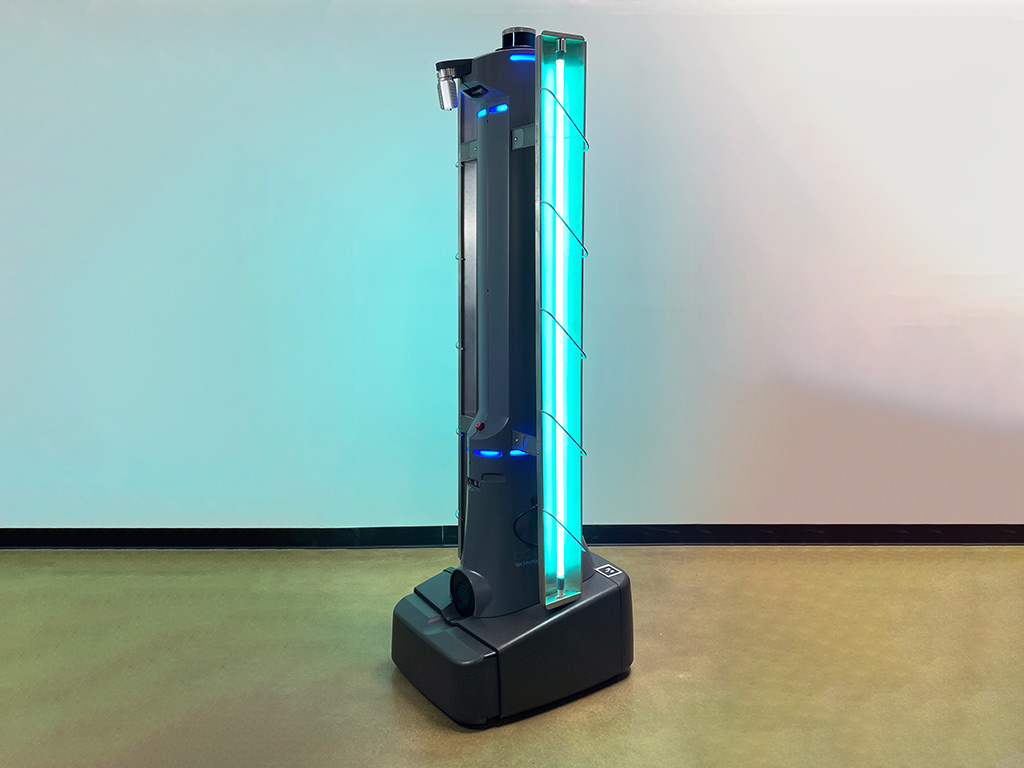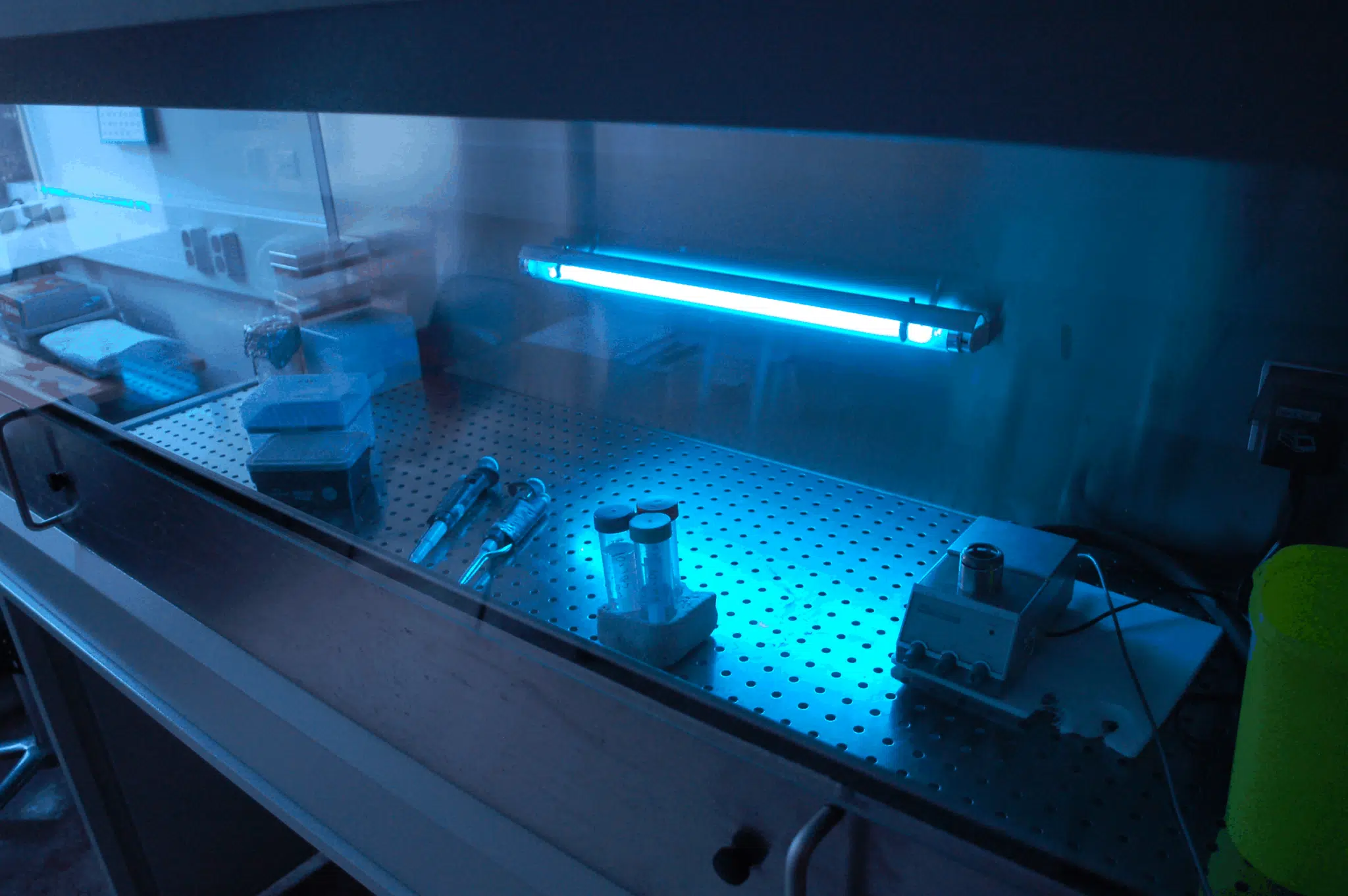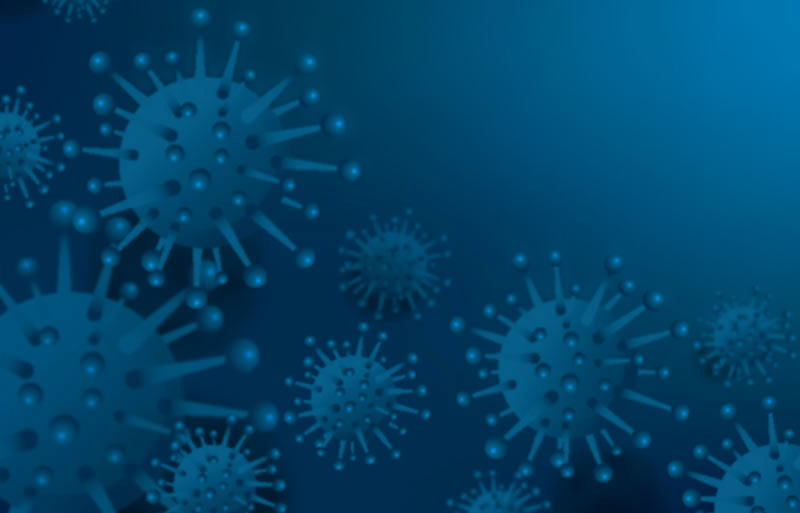Changing Sanitation Requirements: The Role of UV Surface Disinfection in Health And Wellness
Changing Sanitation Requirements: The Role of UV Surface Disinfection in Health And Wellness
Blog Article
UV Disinfection: The Cutting-Edge Modern Technology Changing Hygiene Practices
In the realm of sanitation techniques, one innovation has actually become a game-changer: UV disinfection. With its capability to eliminate dangerous virus, this cutting-edge modern technology is reinventing the means we come close to cleanliness and health. Exactly how does UV sanitation work, and what are the benefits it provides? From health care settings to food handling, UV disinfection is making its mark in various markets. In this discussion, we will certainly explore the ins and outs of this transformative technology and look ahead to its promising future.
How UV Sanitation Works
UV disinfection functions by using ultraviolet light to damage or inactivate microbes, giving a chemical-free and extremely effective approach of cleanliness. This modern technology utilizes the power of short-wavelength UV-C light, which can damaging the DNA and RNA of bacteria, hence rendering them incapable to cause and reproduce damage.
The procedure begins with the installation of UV sanitation systems, which consist of UV lights that discharge UV-C light. These lamps are strategically put in locations where microbial contamination is an issue, such as water therapy plants, healthcare facilities, laboratories, and food processing facilities.
When microorganisms are exposed to UV-C light, the photons permeate their cell wall surfaces and reach the DNA and RNA within. The high-energy UV-C photons interfere with the hereditary product by developing bonds in between nearby nucleotides, bring about the formation of thymine dimers. These dimers prevent the bacteria from replicating, rendering them harmless.
UV disinfection is extremely reliable versus a vast array of microorganisms, consisting of microorganisms, bloodsuckers, and infections. It is especially efficient against waterborne microorganisms like E. coli, Giardia, and Cryptosporidium. In addition, UV sanitation is a chemical-free technique, removing the requirement for potentially dangerous disinfectants and decreasing the danger of damaging disinfection by-products.
Benefits of UV Sanitation
UV disinfection offers countless advantages in the field of sanitation, making it an extremely favored technique for effectively eliminating harmful microbes. Unlike typical disinfection methods that depend on chemicals, UV disinfection uses ultraviolet light to destroy the DNA of bacteria, providing them unable to duplicate and create infections.

UV disinfection is likewise extremely flexible in its applications. It can be utilized in different settings, including health centers, schools, food processing centers, and water therapy plants. UV sanitation systems can be quickly incorporated right into existing hygiene techniques, giving an additional layer of protection against transmittable conditions.
Along with its performance and convenience, UV sanitation is likewise environmentally pleasant. It does not create any kind of hazardous byproducts or deposits, making it a sustainable and safe approach for hygiene - uv surface disinfection. Additionally, UV disinfection calls for very little maintenance and has a long life-span, leading to price savings over time.
UV Sanitation in Medical Care Setups
In medical care settings, UV sanitation has actually emerged as a groundbreaking approach for efficiently getting rid of harmful microorganisms. The usage of UV light to sanitize surfaces and tools has actually gained appeal because of its ability to provide an extra layer of security against virus. UV disinfection functions by sending out ultraviolet light at a details wavelength that is deadly to germs, infections, and other microorganisms. This modern technology supplies numerous advantages in health care setups.
To start with, UV disinfection is a non-chemical technique, making it an environmentally friendly choice compared to traditional sanitation approaches that usually involve making use of rough chemicals. Using UV light gets rid of the demand for chemical anti-bacterials, lowering the risk of damaging deposit or chemical direct exposure to both clients and healthcare employees.
Additionally, UV sanitation is very efficient in eliminating a wide variety of microorganisms, including drug-resistant bacteria such as MRSA and C. difficile. It provides a consistent and trustworthy disinfection procedure, making certain that all surface areas and tools are extensively decontaminated, also in hard-to-reach locations.

UV Disinfection in Food Processing
The application of UV sanitation extends past medical care settings and locates considerable value in the world of food processing. uv surface disinfection. UV sanitation innovation is becoming significantly preferred in the food market due to its capability to properly remove harmful pathogens and enhance food safety and security
Among the major benefits of UV disinfection in food processing is its ability to target a broad range of bacteria, including infections, molds, and germs. By utilizing UV light at certain wavelengths, it is feasible to interfere with the DNA and RNA of these virus, providing them incapable to reproduce or create harm. This technology can be related to numerous stages of the food handling chain, consisting of surface disinfection, equipment sanitation, and water therapy.
UV sanitation supplies a non-thermal and chemical-free approach of disinfecting food items. Unlike conventional sanitation approaches that rely upon chemicals or warm, UV technology does not leave any deposit or change the taste, texture, or nutritional value of the food. This makes it an optimal service for sectors that require stringent adherence to quality criteria.
Moreover, UV sanitation systems are easy to install and operate, requiring marginal maintenance. They can be incorporated right into existing processing lines without causing considerable disturbances to the manufacturing process. In addition, UV systems have a quick therapy time, enabling constant handling and decreasing downtime.
The Future of UV Disinfection

One location where UV sanitation is anticipated to make significant innovations is my review here in the field of health care. With the surge of antibiotic-resistant bacteria and the requirement for much more efficient disinfection approaches, UV light has the possible to play an important function in decreasing healthcare-associated infections. UV sanitation systems can be description utilized to sanitize surfaces, equipment, and also the air in medical care centers, aiding to prevent the spread of damaging microorganisms and boost person safety and security.
One more market that might benefit from improvements in UV disinfection modern technology is the food market. UV light has already proven to be an efficient approach for decontaminating food and minimizing the risk of foodborne illnesses. As technology boosts, we can expect to see extra affordable and reliable UV disinfection systems being carried out in food processing plants, ensuring that the food we eat is risk-free and without damaging microorganisms.
Final Thought
In final thought, UV sanitation is a cutting-edge technology that is transforming hygiene practices in medical care setups and food handling. By using UV light to eliminate or shut down microbes, it uses countless benefits such as efficiency, effectiveness, and safety and security. With continuous advancements in this field, UV sanitation holds terrific prospective for the future of cleanliness, providing a sustainable and reliable service for keeping tidy and sanitary environments.
UV sanitation is a chemical-free method, eliminating the requirement for potentially hazardous anti-bacterials and lowering the threat of damaging sanitation byproducts.
Unlike conventional sanitation techniques that rely on chemicals, UV sanitation makes use of ultraviolet light to damage the DNA of microorganisms, providing them not able to reproduce and create infections. Unlike typical disinfection techniques that depend on chemicals or warm, UV technology does not leave any deposit or modify the preference, structure, or dietary value of the food. As innovation boosts, we can expect to see much more affordable and effective UV sanitation systems being applied in food processing plants, making sure that the food we take in is safe and free from hazardous germs.
In final thought, UV sanitation is a sophisticated innovation that is transforming sanitation techniques in health care settings and food handling.
Report this page